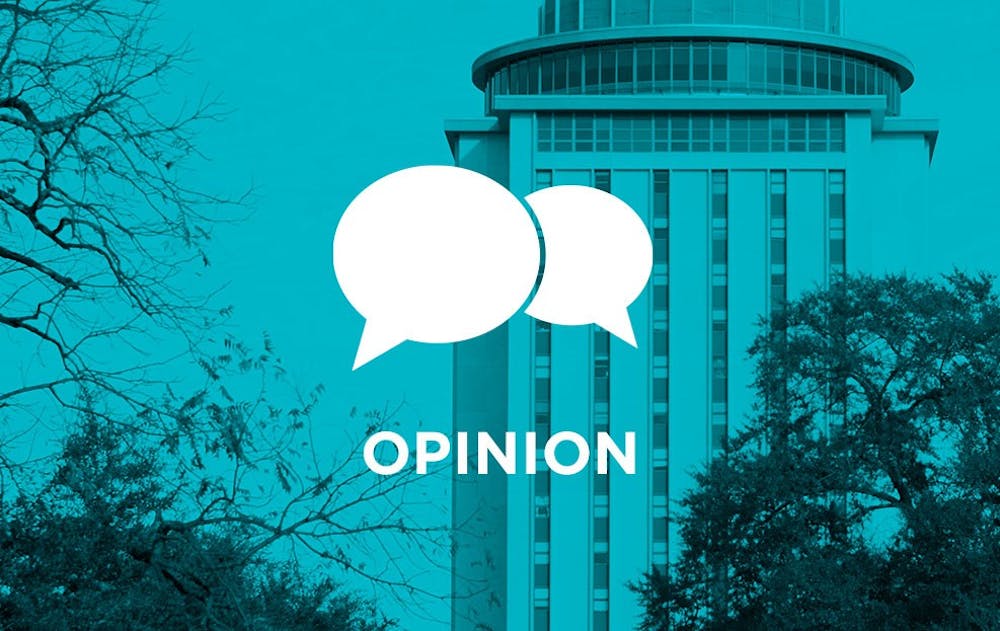Political polarization is not a new concept. There have always been those on the far right and those on the far left. In the past decade, however, it seems as if neither party is willing to come to terms with the other. This separation is occurring for multiple reasons, but a part of the blame which should not go unnoticed is the media’s role in all of this.
A Gallup poll asked U.S. adults if they think the media has a bias towards one political party. Sixty-two percent of Americans responded with yes, they do think that news sources show bias towards one political party, whether it be Republican or Democrat. This is by far the largest population that has believed in media bias in the past two decades.
People themselves also seem to be leaning further into one specific political affiliation. According to a 2014 Pew Research Center study, since 1994, America has seen an increasing difference between people that identify as a “median Republican” and “median Democrat.” Pew Research Center puts that into perspective by showing that, in 1994, 64 percent of Republicans were more conservative than someone that identified as “in the middle, leaning Democrat.” In just 20 years, that number has skyrocketed to 92 percent. Democrats are also shying away from a middle ground. In 1994, 70 percent of Democrats were more liberal than an in the middle Republican. In 2014, that number was at 94 percent.
With this increasing separation comes harsh feelings. The same Pew Research study makes note that 38 percent of Democrats and 43 percent of Republicans thought very unfavorably of the opposing party. That’s increased from 16 and 17 percent, respectively, in 1994. It only gets worse from there. Twenty-seven percent of Democrats and 36 percent of Republicans said they saw the opposing party’s beliefs as a threat to the nation.
A big part of the polarization has to do with the media choices people make. A column published by the Washington Post attributes the split to the amount of media options available today. Republicans are more likely to get their information from Fox News, and Democrats are more inclined to watch MSNBC. While that sounds obvious, it wasn’t too long ago that everyone watched the same three news channels, because that’s all that was offered.
Interestingly, America may stand alone in this notion that we are particular about our news sources. A Forbes article published in June 2017 states that new research shows that America has the most media polarization of all western countries. A graph shows that there is extreme separation between news sources the farther you go across the political spectrum. In contrast, in the United Kingdom, multiple news sources are viewed regularly by both political parties. The article goes on to show another graph with each country that was involved in the study with a score showing how politically polarized they are. The United States was overwhelmingly in first place as the most polarized nation, with Italy in second by a wide margin.
Biased media outlets have led to a more divided nation. They perpetuate the idea that political parties are not supposed to work together, but are instead supposed to battle it out for rights to the country. We need to seek out more than just one or two news sources that we check regularly, and look into what the other side has to say about issues. In doing that, we can begin to look for compromises rather than more issues to argue about.

